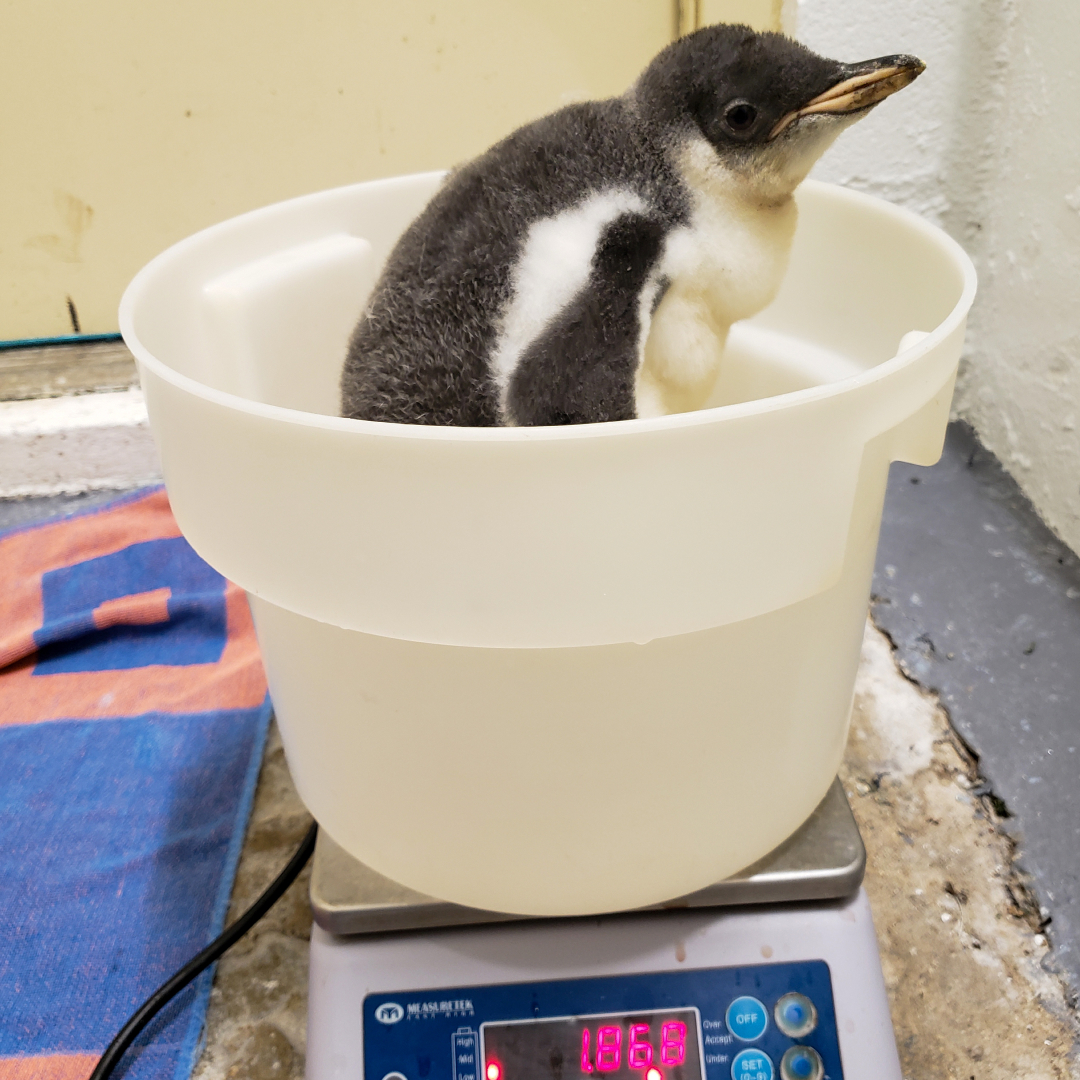Summary:
1. Introduction to the gentoo penguin chick
2. The unique characteristics and adaptations of gentoo penguins
3. The hand-rearing process and the importance of human intervention
4. The upcoming exhibit debut and the significance of molting
5. Conservation efforts and the role of zoos in protecting gentoo penguins
Say hello to our gentoo penguin chick! Born on June 6, this little bundle of joy is an absolute delight. Currently weighing about 4 kilograms and in the peak of health, this hand-reared youngster is growing stronger daily. In this article, we will explore the unique and fascinating aspects of gentoo penguin chicks, highlighting their remarkable qualities and the crucial role that zoos play in their conservation.
Gentoo penguins are a remarkable species found primarily in the Antarctic region. Renowned for their distinctive appearance and playful nature, these flightless birds are perfectly adapted to survive in some of the harshest conditions on the planet. With their sleek body and elongated tail, gentoos are known for their impressive swimming abilities, easily reaching up to 20 miles per hour underwater. They also have distinctive white patches above their eyes and a vivid reddish-orange bill, adding a touch of color to their predominantly black-and-white plumage.
The process of hand-rearing a gentoo penguin chick is an incredible journey that showcases the dedication and expertise of zookeepers. In some cases, when circumstances demand it, human intervention becomes necessary to ensure the survival of a penguin chick. Hand-rearing involves round-the-clock care, including feeding and monitoring the chick’s assessment. It is a labor-intensive but rewarding process that requires immense patience and commitment.
When the gentoo penguin chick reaches the age of around 3-4 months, it will be introduced to the exhibit area. This transition is carefully planned to coincide with the completion of molting, an essential phase in a penguin molting is the process through which penguins shed their old feathers and grow a fresh set, enabling them to maintain optimal insulation in the cold Antarctic waters. During this time, the chick transforms into the characteristic adult plumage, seamlessly integrating with the rest of the colony and its environment.
Conservation plays a vital role in protecting gentoo penguins and other threatened species. Zoos contribute significantly to conservation efforts by providing a haven for these birds, supporting breeding programs, and conducting scientific research. By creating carefully curated exhibits that mimic their natural habitat, zoos offer visitors a unique opportunity to connect with these magnificent creatures and learn about their challenges in the wild.
It is crucial to remember that gentoo penguins and many other species face numerous threats in their native habitats. Climate change, pollution, habitat degradation, and overfishing are just a few challenges pushing these incredible animals to the brink. By supporting zoos and their conservation initiatives, we actively participate in safeguarding the future of gentoo penguins and the delicate ecosystems they inhabit.
In conclusion, the arrival of our gentoo penguin chick is a cause for celebration and a reminder of the remarkable world of wildlife. This little one carries the spirit of resilience and adaptability that defines the gentoo penguins. As we eagerly await its debut in the exhibit, let us appreciate the efforts of dedicated zookeepers and the valuable work zoos contribute to conserving these incredible creatures. By engaging with the natural world and supporting conservation initiatives, we can all play a part in safeguarding the future of our precious wildlife.
*****
Source Description
Say hello to our gentoo penguin chick! Born June 6, the hand-reared youngster weighs about 4 kilograms and is very healthy! The chick will be introduced to the exhibit when it’s about-4 months old and has finished molting into its adult feathers.


